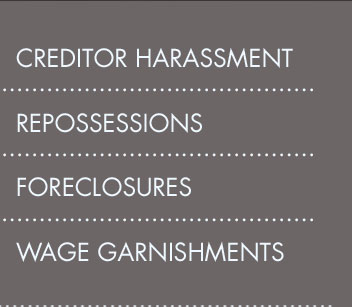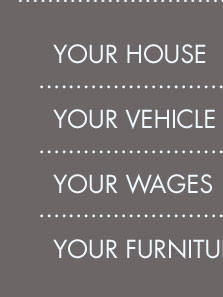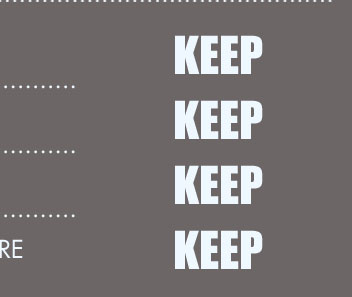 |
 |
 |
|---|
 |
 |
 |
|---|---|---|
 |
 |
 |
 |
 |
 |
|---|---|---|
 |
 |
 |
 |
Understanding Chapter 13 Bankruptcy Disposable Income: A Comprehensive Guide
Chapter 13 bankruptcy is a legal process that allows individuals to restructure their debt while keeping their property. A crucial component of this process is understanding disposable income. This guide will help you navigate the complexities of disposable income in Chapter 13 bankruptcy.
What is Disposable Income?
Disposable income is the amount of money left over after essential living expenses are paid. In the context of Chapter 13 bankruptcy, it plays a significant role in determining your repayment plan. The higher your disposable income, the more you'll be required to pay to your creditors.
Calculating Disposable Income
Identifying Income Sources
To calculate disposable income, start by identifying all income sources. This includes wages, salary, bonuses, and any other regular income. It's essential to have a complete picture to ensure accuracy.
Determining Necessary Expenses
Next, determine your necessary expenses. These are costs required for maintaining a minimal standard of living, such as housing, utilities, food, and transportation.
Using the Means Test
The means test is used to compare your income against state median income levels. It helps assess if you qualify for Chapter 13 and influences your disposable income calculation.
The Role of Disposable Income in Repayment Plans
Your disposable income determines the amount you must pay monthly to creditors under a Chapter 13 plan. Typically, plans last three to five years, depending on your income level and other factors.
- Three-Year Plan: Generally for those with lower disposable income.
- Five-Year Plan: For individuals with higher income, requiring longer repayment.
Maximizing Your Disposable Income
To maximize disposable income, carefully review all expenses. Reducing non-essential expenses can increase the amount available for debt repayment, potentially shortening your plan duration.
For personalized advice, consider consulting a bankruptcy attorney dallas to explore your options based on local laws.
Common Challenges and Solutions
Unexpected Expenses
Life can be unpredictable, and unexpected expenses may arise. It’s crucial to communicate with your trustee to adjust your plan if necessary.
Income Fluctuations
If your income changes significantly, you may need to modify your plan. This could involve increasing payments if your income rises or seeking relief if it decreases.
FAQ
-
What happens if I miscalculate my disposable income?
If you miscalculate, your repayment plan may not be approved. It's essential to ensure accurate calculations or seek assistance from a professional.
-
Can my repayment plan be adjusted?
Yes, plans can be adjusted if your financial situation changes. It's important to inform your trustee promptly to discuss possible modifications.
-
How do state laws affect disposable income calculations?
State laws influence the means test and allowable expenses. Consulting a local attorney, such as a bankruptcy attorney orlando, can provide guidance specific to your jurisdiction.
Understanding and accurately calculating disposable income is crucial for a successful Chapter 13 bankruptcy filing. By following best practices and seeking professional guidance, you can navigate the process with confidence.
This information may also be available at the bankruptcy clerk's office. Deduct the expense amounts set out in lines 6-15 regardless of your actual expense. In ...
Your disposable income is the amount that remains after deducting allowed living expenses and mandatory payments, such as secured and priority debt payments. ( ...
The amount you will be required to pay will be based on your disposable income. However, the process of calculating your disposable income can be complicated.
![]()